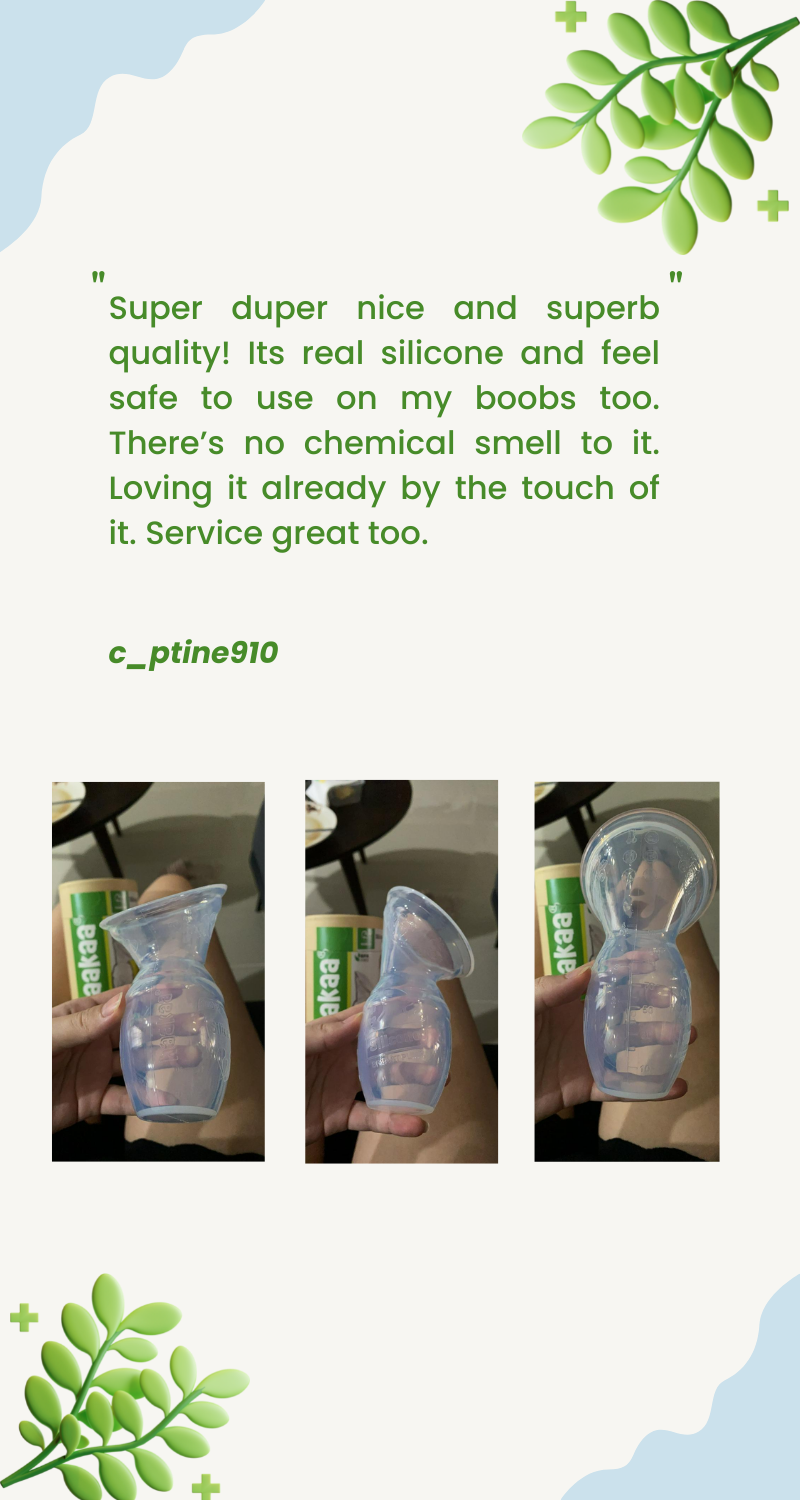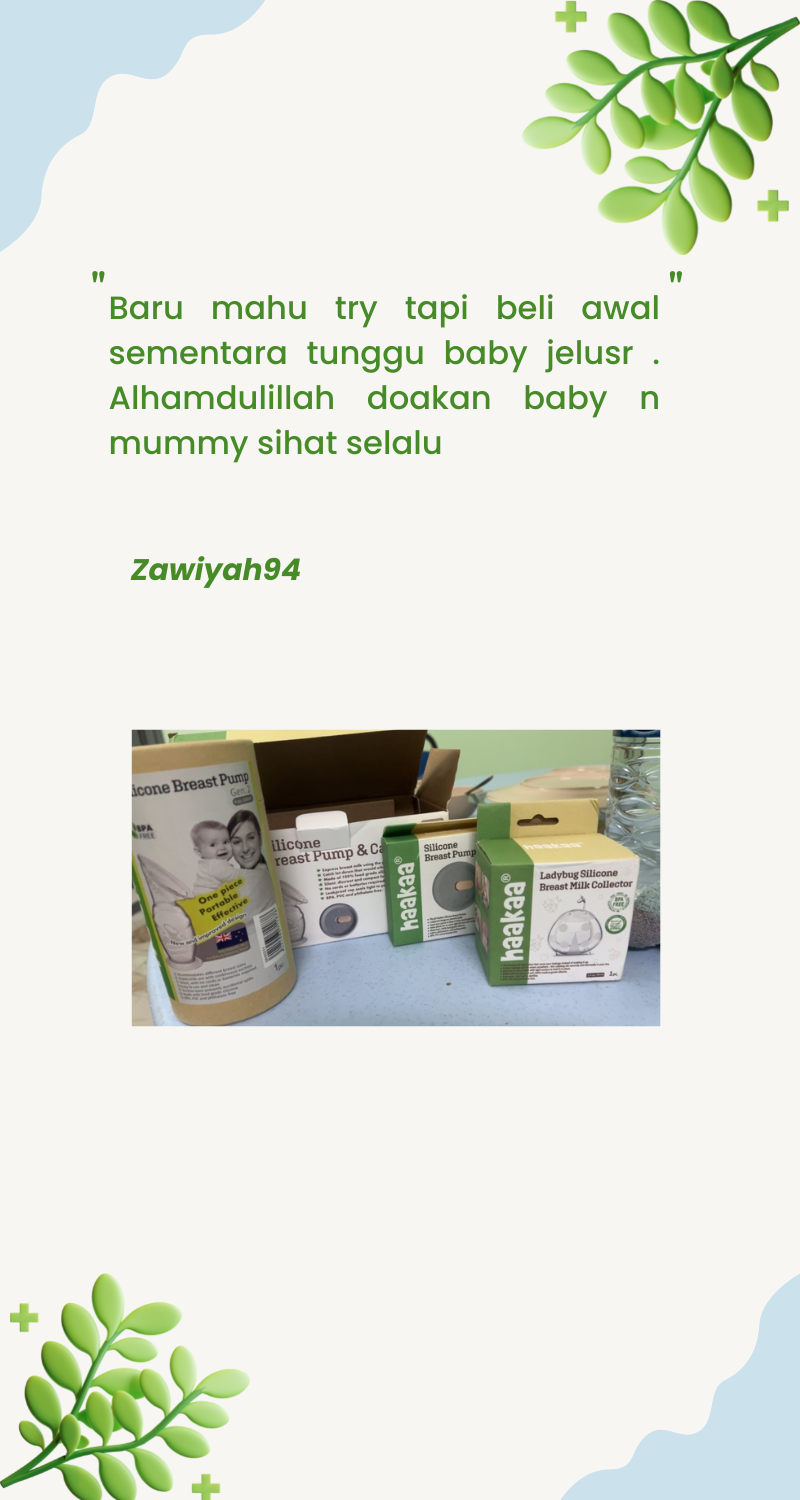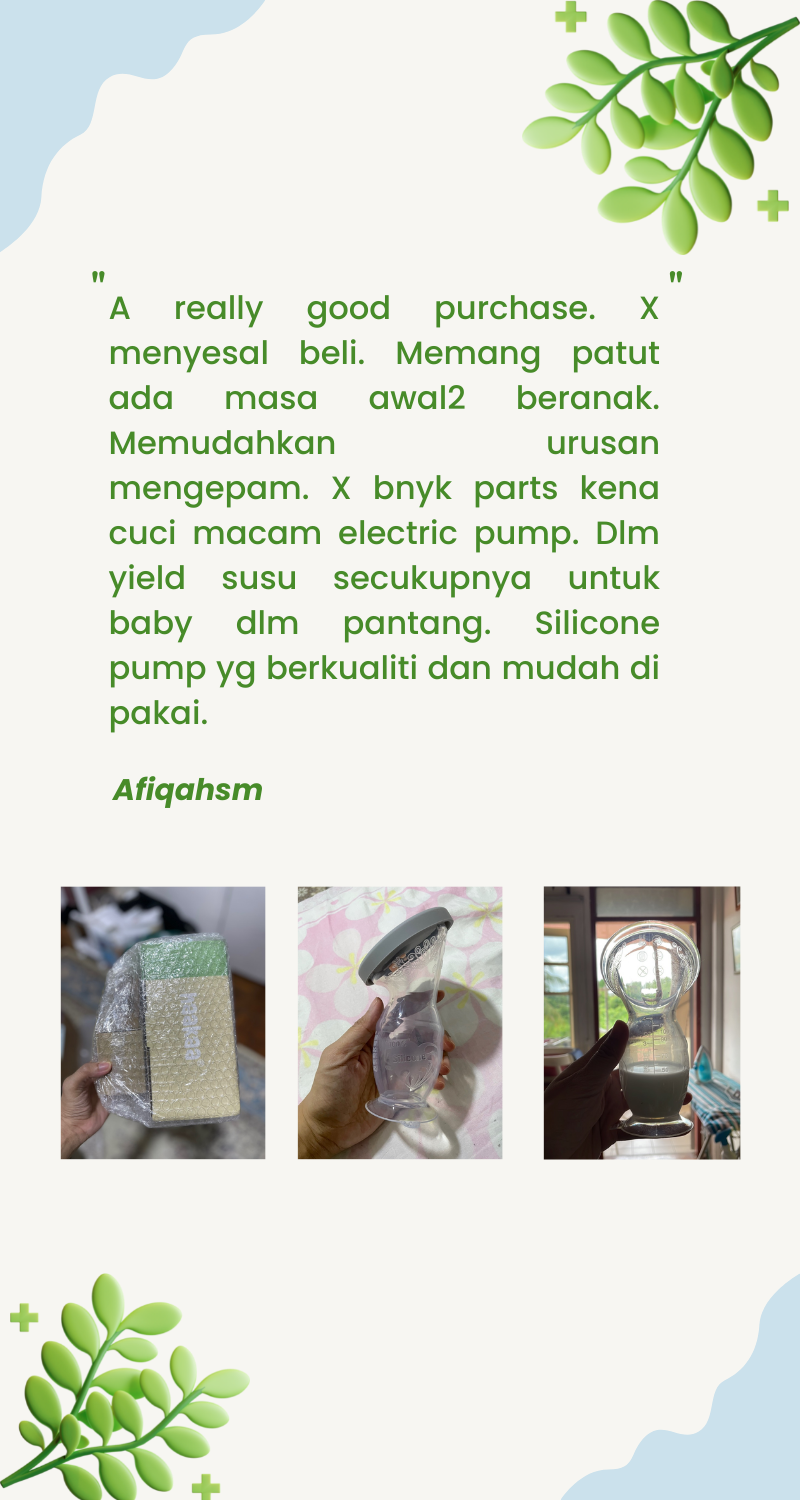Everything You Need To Know About Colostrum

Mama, colostrum is something almost magical and is often referred to as ‘liquid gold’ - because it’s honestly worth its weight in gold! So why is this stuff so good, you may ask?
Colostrum is the special milk that mothers, and all mammals, produce during late pregnancy, and more specifically, in the first few days after your baby is born. It is produced by the mammary glands in your breasts and mamas can begin to make it from about 16 weeks pregnant!
Up until now, the only option for antenatal expressing of colostrum is into single-use plastic syringes. However, this is less than ideal as these syringes cannot be reused and harm the planet. Plastic also has the potential to leach harmful chemicals into your precious liquid gold!
Haakaa is extremely excited to announce the launch of the first-of-its-kind Silicone Colostrum Collector! These are made of 100% medical grade silicone and collect your droplets of hand-expressed colostrum off your nipple with a gentle vacuum effect. You can also remove the nib and express larger droplets directly into it!
This incredible device can be frozen, stored in the fridge, or heated – and it makes the perfect drop-feeder for newborns. Just boil to sterilise, then you can reuse it over and over again!
Colostrum is rich and thick in consistency, and it might be a clear or yellow colour. This is from a nutrient called beta-carotene or Vitamin A (also found in carrots!) which helps with eye health. It can appear as little beads of fluid on your nipple when you stimulate your breast. Some mamas may have pink or brown colostrum which can mean there’s some blood in there. Don’t be concerned, as this is harmless.
So when you’re pregnant and ‘leaking’, this is what it is - colostrum!
So what’s actually in colostrum?
Colostrum is packed full of amazing nutrients in very high concentrations, even though it is quite small in quantity itself. Did you know that when a baby is born, their stomach is about the size of a cherry? The small amount of colostrum produced is to accommodate for your newborn’s tiny digestive system. But don’t underestimate its power - this ‘liquid gold’ is small but mighty!
Colostrum is high in protein and carbohydrates, which are vital to a newborn’s nutrition, but it remains low in fat as your little bubba may find fat difficult to digest at first.
Colostrum contains specialised antibodies and white blood cells that fight bacteria and infection, which are made by mama and passed to bub via the feeding of colostrum. This means it also acts as a protective force and can be considered the first immunity your baby receives after birth - how cool!
Colostrum also contains prebiotics and probiotics that help set up a newborn's gut and develop their digestive flora. It ‘colonises’ the gut with hundreds of different types of ‘good bacteria’ that sets a baby up for life. Colostrum also contains high levels secretory immunoglobulin A (SIgA) which helps to fight off viruses!
Along with the vitamin A that makes colostrum yellow and helps with eye development, colostrum is rich in other minerals too! These include magnesium, which supports your baby’s heart and bones, and copper and zinc, which helps develop bub’s immune system. Zinc can assist in brain development, with nearly four times more zinc in colostrum than in your mature milk, to support your baby’s rapidly developing brain!
What else can my colostrum do?
Along with all the incredible nutrition that colostrum provides, it also can do a few other highly beneficial things.
- Colostrum has a mild laxative effect which helps your baby pass its first stool called meconium. This means that it can also help in alleviating jaundice where the excess bilirubin is passed through the stool.
- It helps your little one adjust to the outside world by regulating their blood sugar levels. This is all connected with other systems such as their temperature control, breathing rate, oxygen levels and metabolism!
- Mama, have you had a mucousy baby before - perhaps after a caesarean section? Colostrum can help break up this mucous and help your little one bring it all up!
- If you are experiencing cracked or sore nipples in the first few days, rubbing some expressed colostrum onto them can help with their healing.
- All the premie mamas out there - colostrum is vital for your baby that came a bit early. Studies show that these little fighters do so much better with even the tiniest bit of colostrum. It is known that they retain feeds better and vomit less than if they were only fed on formula.
When and how can I express my colostrum?
You may have friends or family that expressed their colostrum during pregnancy. Maybe you’ve even done it yourself! This is amazing for both you and your little one.
Before you begin expressing during pregnancy, please speak to your midwife or healthcare professional as nipple stimulation can induce labour. It is recommended that you express at full-term and only if you are planning a vaginal delivery, to ensure the safest outcomes.
Expressing during pregnancy means that you will have some extra ‘liquid gold’ ready to go if your baby needs it after birth. It can also help stimulate your mammary glands that can assist with lactation and breast milk supply!
It is strongly recommended for some mothers to express during pregnancy. This could be the case if you have gestational diabetes, as the expressed colostrum will come in handy to help regulate baby’s blood sugar levels after birth. Expressing colostrum during pregnancy may also be recommended if your baby has been diagnosed with a cleft lip or palate from their ultrasound. These babies may find it difficult to initially latch, and expressed colostrum will help both of you with your breastfeeding journey.
Here is how you can express colostrum:
- When you begin expressing, make sure you are well hydrated and in a comfortable and safe environment - preferably sitting up so that gravity can help!
- Make a wide ‘C-grip’ from the side of your breast with your thumb and index finger. Begin wide to stimulate all those ducts that are around your breast.
- Slow and steadily roll your fingers towards the nipple. This action is firm; however, it shouldn’t cause pain.
- Let go completely, allowing the ducts to refill and repeat this action.
- Catch the drops of colostrum in your sterile colostrum collector from Haakaa!
- Begin with hand expressing each breast for 10-15 minutes, once a day during late pregnancy.
- Label your collector with the date and place in your container. Put them in the freezer until birth. Make sure to follow your country's guidelines around storing this safely!

You can express colostrum in the postnatal period too! You might have to do this because your little one is not latching properly, or you are separated from them as they are in NICU. Expressing changes at this point and should be done to mimic breastfeeding. Express every 3-4 hours round the clock to encourage your breastmilk supply and remind your brain that you have a new baby to feed!
Mamas with flat nipples that may need a nipple shield will benefit amazingly from hand expressing colostrum. Nipple shields cannot be used in the first few days because the colostrum is too thick to pass through the holes and not big enough in capacity to fill the whole shield. These mums will need to kick-start their supply through hand expressing.
One of the most common queries that I receive from mothers in the postnatal ward is “I don't think I have any milk!” Well, mama, you do have milk, and you have something even better too… Colostrum! Even if you don’t see any when you hand express, just know that your baby has strong sucking forces that can get it out even better than you can. If you are unable to ‘catch’ any colostrum, stimulation also helps! Massage your breasts for 10-15 minutes each side to encourage supply.
On average, a new mama may express only a very small amount (drops) of colostrum each time. This is perfectly normal and is plenty enough to nourish your baby. Every drop counts! At around day 3-5 of motherhood, your breasts will ‘fill up’ and become hard and full. You will also notice your breast milk change colour to white and become much larger in capacity. This is how your breastmilk transitions from colostrum to ‘true’ breastmilk. It’s amazing!
To all mums and mums-to-be, keep up the fantastic work - you are doing so great! Please remember to always speak to your midwife or healthcare professional before you express colostrum or if you have any questions.
Written by midwife, perinatal mental health specialist and creator of Bumpnbub, Aliza Carr.







